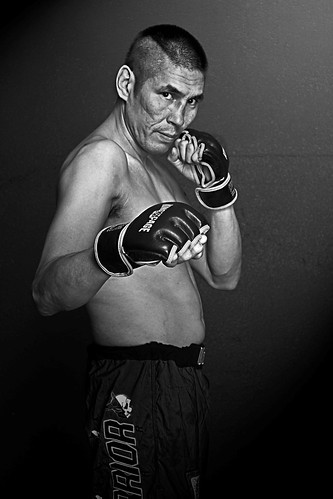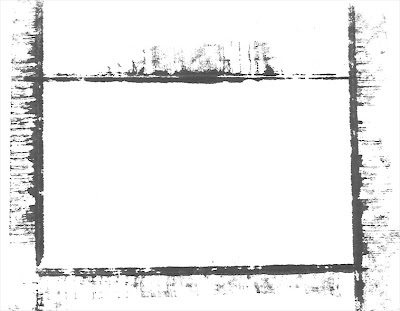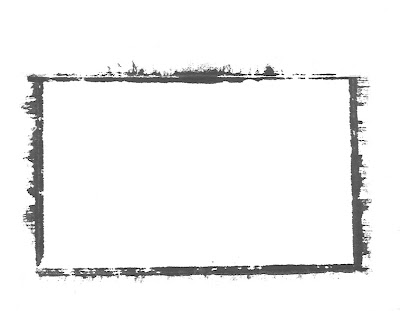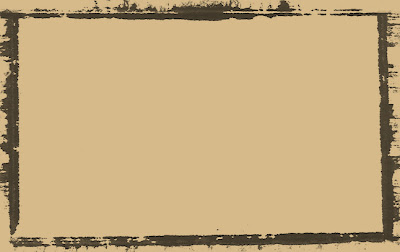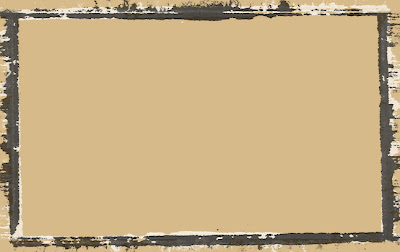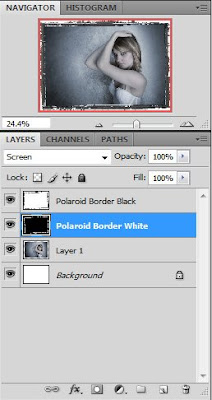
If you caught the joke in the title you're a geek ;)
I figured it was time to upgrade camera bags today, its not that my old one was necessarily too small but I knew for some gigs I'd need more than it could handle. My old bag was a Lowepro Slingshot 200AW, a phenomenal camera bag by any standards and probably one of the most popular ever. Its been halfway around the world with me, seen the heights of the Great Wall, survived airports and security checks, and never broke my back. I've decided rather than sell it I'm going to keep it for times I need a decently spacious bag that is still fairly lightweight and feels good on my back.
Ok, onto the new bag, like a kid in a candy store I was awestruck and the sheer selection in Don's Photo today. I gotta hand it to the staff there, they are nice and patient, helping me critique each of the many bags I looked through. I finally decided to go with the Lowepro Fastpack 350 because it fit my criteria which were:
A larger bag that could accommodate everything my current bag could plus 2 flashes & accessories
Hold a laptop
Still be comfortable to wear
I was amazed at all the
Canon 40D w 17-85mm lens attached
Canon G10
70-300mm zoom lens
50mm 1.8 prime lens
Lens Hood
Lensbaby 2.0
Loreo Beamsplitter (Lens for 3D photography)
Macro extension tube kit
4 YongNuo PT-04 wireless transmitters and receivers
3 DIY gridspots
2 Stoffen Omnibounce (3rd party $2 versions, I'm not paying $30 for a piece of plastic)
580EXII inside its fabric case
430EXII inside its fabric case
Off camera TTL cord
2 BP-511A batteries & charger
Manuals for both the 40D and 580EXII
Cable release
4 CF cards
Card Reader
Laptop w power connections
Rosco Gels sample pack
Lenspen
Misc cables & adapters
Bag of homemade Bongo Ties
Plastic rain sleeve
1 Roll of electrical tape
All of that and some room to spare. Man I hope I never get mugged carrying all of this ;)
Had I been thinking I would have taken some pictures as I was doing this, now that its all done I really don't want to unpack everything and take shots. I will try to update this post sometime in the future with photos.
Even with all this stuff its pretty comfortable on the back, the straps are well padded and so is the part that rests against your back.
Are there things I'd change about it? Sure, nothing is perfect, however they are all very minor (who decided two memory card slots were enough?) and can be worked around. One feature the Slingshot that is missing in the Fastpack is the rain cover, though I've never used it I found it reassuring to know it was there. Also, for some reason the model down from mine has a cell phone holder on the left shoulder strap, why is this missing on the next model up.
All in all I have very few gripes about this bag, its my 4th Lowepro bag and like all the rest the quality is superb. I don't think people buy new ones because they break, its either because of new features or just to upgrade size.
For tons of user reviews on both my new and old bags Amazon.com has tons, you can check them out by clicking on these links:
Fastpack 350
Slingshot 200AW















